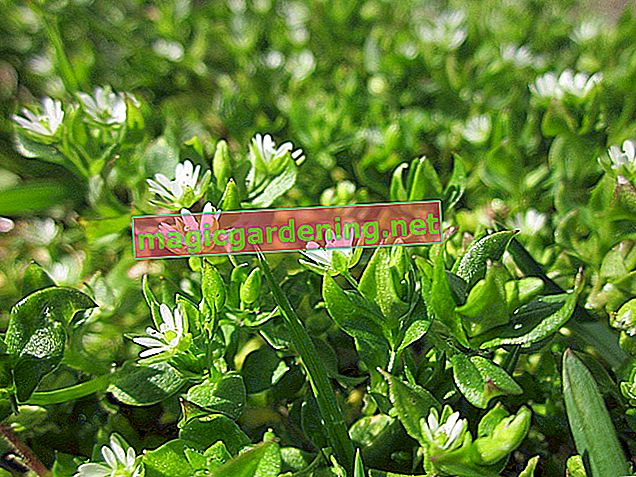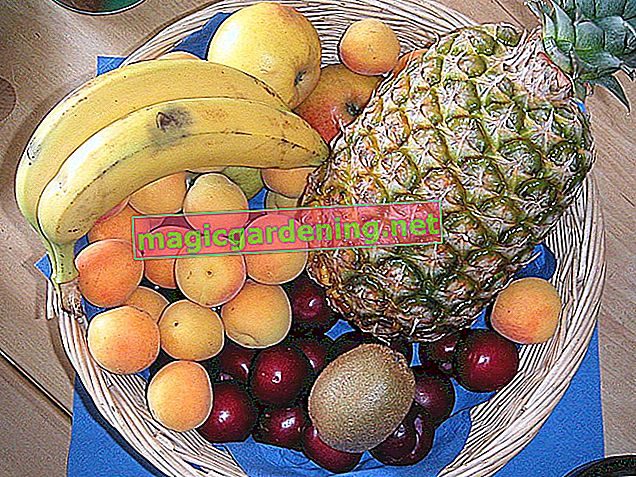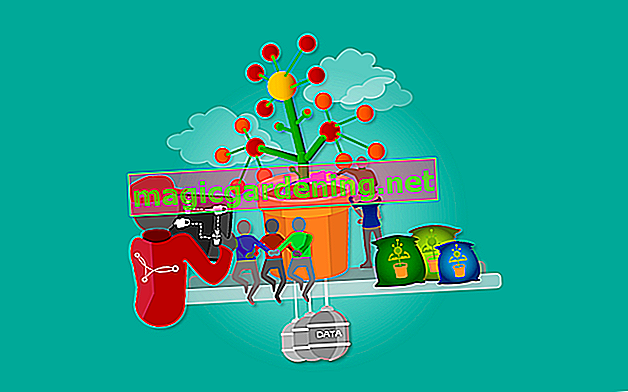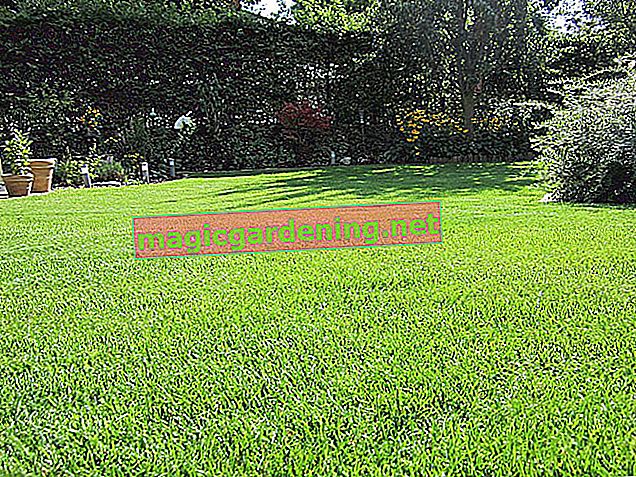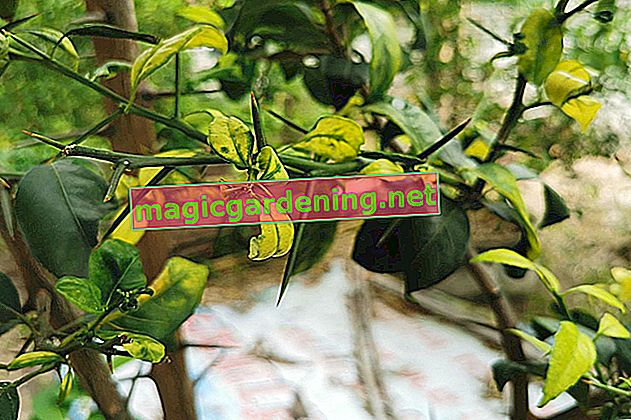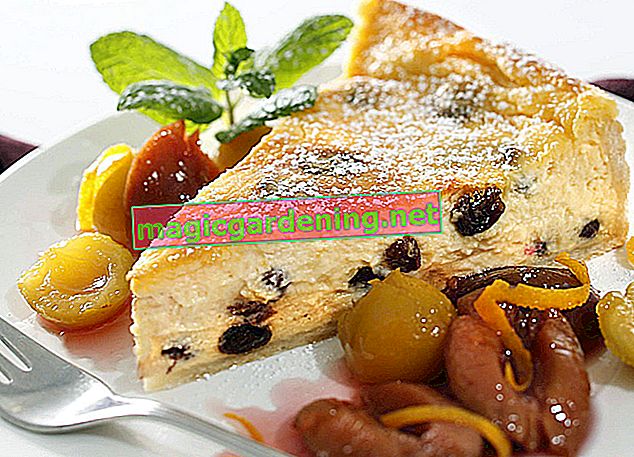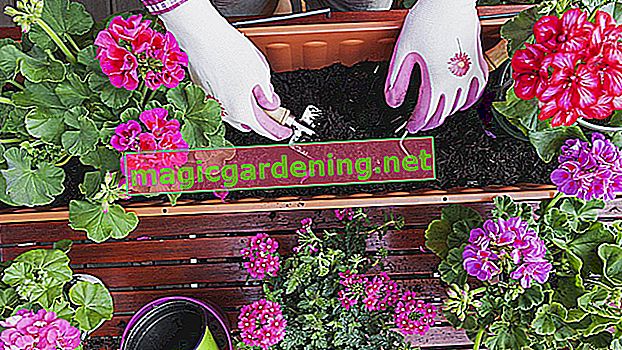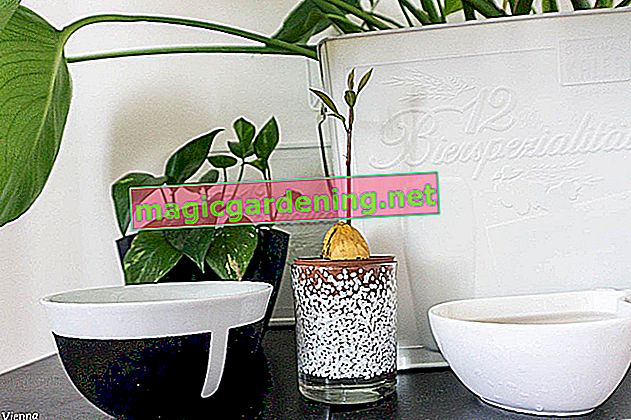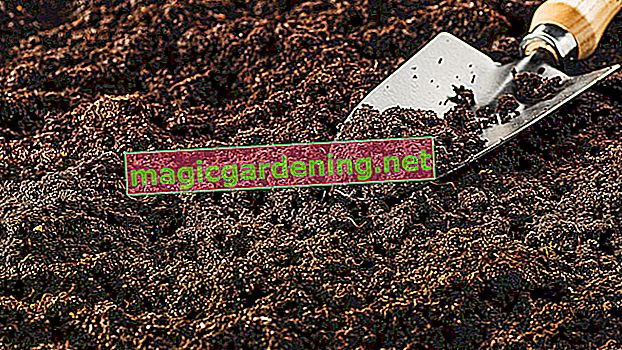
Qualities of potting soil
This soil should be loose, humus, rich in nutrients and structurally stable. It has to store water to a certain extent and be air-permeable.
With these properties, potted and container plants thrive, with a little support in the form of special fertilizers or soil improvers, vegetables and herbs also grow here.
Various manufacturers offer potting soil in specialist stores and supermarkets. The prices vary from cheap to really expensive. If you want to save or just have fun, mix your own potting soil.
also read
- Mix coconut soil with potting soil? - Why and how?
- Why should potting soil be disinfected?
- Can you use potting soil for herbs?
Mix the potting soil yourself
The basis for a self-mixed potting soil is first of all ripe compost. If possible, this should also come from your own production. If you don't have a compost heap in your garden, you can buy it fresh from a nearby composting facility. Other ingredients can be:
- Fibers made from wood or coconut store water
- Sand, loosens and makes water permeable
- Stone meal
- Clay, for water storage
- Perlite, (€ 32.90 at Amazon *) for water storage
- Bark humus
- organic fertilizers such as horn shavings (€ 6.39 at Amazon *) or flour
- Garden soil or old potting soil loosen up
Making potting soil step by step
If you have the opportunity, you can mix a good potting soil yourself with just a few ingredients.
- Take a large container, possibly a clean keg.
- Fill the barrel two-thirds full with fresh compost from your own production or from the composting facility.
- Put the compost in the container in layers and always sprinkle some rock flour in between. (€ 14.95 at Amazon *)
- The addition of crushed charcoal, perlite, wood or coconut fibers is also possible. This increases the water storage capacity.
- Let the mixture sit for about a fortnight.
- Now you can mix in loose garden soil. Depending on which plants are to be cultivated, you now also add the sand. The sand allows excess rain or irrigation water to run off unhindered and also loosens it up.
- If you cultivate heavy consumers (e.g. tomatoes) in the soil, additional long-term fertilizers should also be added.

